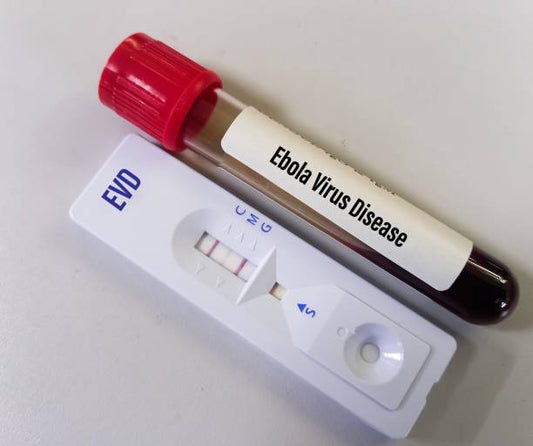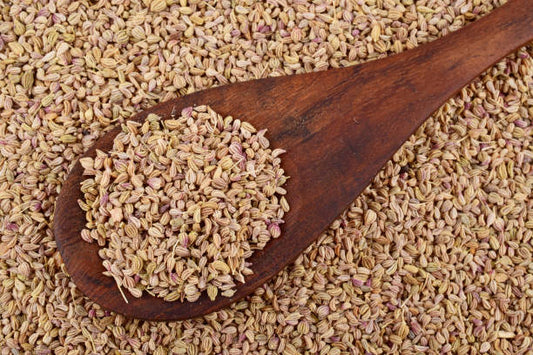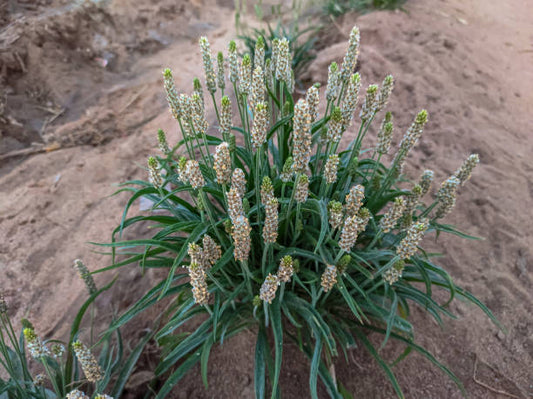What is Melanoma?
Melanoma is an aggressive form of skin cancer that develops in the cells that produce melanin, the pigment that gives skin its color. Melanoma is most often caused by excessive exposure to ultraviolet (UV) radiation from the sun or tanning beds. It can also develop spontaneously.
Melanoma can spread quickly to other parts of the body, making it the most serious type of skin cancer. If caught early, it is usually curable. However, if left untreated, it can be life-threatening.
There are four main types of melanoma:
1. Superficial spreading melanoma: This is the most common type of melanoma and usually appears as a flat, irregularly-shaped spot that starts out as a brown or black discoloration of the skin. This type of melanoma can spread across the surface of the skin before growing deeper.
2. Nodular melanoma: This type of melanoma is usually raised, firm, and dome-shaped. It is often black or blue in color and may look like an ulcer or a scab.
3. Lentigo maligna melanoma: This type of melanoma is found most often in people with fair skin, and starts as a flat, brown patch. It is more likely to affect sun-exposed areas of the body, such as the face, hands, and arms.
4. Acral lentiginous melanoma: This type of melanoma usually appears as a dark spot on the palms of the hands, soles of the feet, or under the nails. It is more common in people with dark skin.
What Causes Melanoma?
Melanoma is the most serious form of skin cancer, and the cause of it is still largely unknown. However, there are certain factors that can increase a person’s risk of developing melanoma. These include:
• UV light exposure: UV light from the sun or tanning beds is the most common cause of melanoma. People who live in sunny climates, or those who frequently take part in tanning bed sessions, are at a greater risk for developing melanoma.
• Genetics: Some people are more likely to develop melanoma due to a family history of the condition.
• Moles: People who have more moles than average on their body are at an increased risk of melanoma.
• Fair skin: Fair skinned people are more likely to develop melanoma than people with darker skin.
• Previous treatment: People who have had radiation therapy, or those who have used certain types of medicines, such as antibiotics or immunosuppressants, are at an increased risk of developing melanoma.
• Age: Melanoma is more common in individuals over the age of 50.
• Smoking: People who smoke have an increased risk of developing melanoma.
• Diet: Eating a diet high in fats and processed foods may increase the risk of melanoma.
If you are concerned about your risk of developing melanoma, it is important to talk to your doctor. They can help you assess your risk factors and recommend steps you can take to reduce your risk.
Symptoms of Melanoma
The most common symptom of melanoma is a new spot on the skin that looks different from the others. It may be a mole, but it could also be a freckle or a birthmark. Here are some other signs to look for:
•A mole that changes color, size or shape
•A sore that won’t heal
•A spot that itches, oozes or bleeds
•A mole that appears suddenly
•A mole that is asymmetrical
•A mole with an irregular border
•A mole with more than one color
If you notice any of these symptoms, it’s important to see your doctor right away. It’s also important to regularly check your skin for any changes. If you have a family history of melanoma, you should be especially vigilant.
Development Stage of Melanoma

The stages of melanoma progression are as follows:
1. In situ (Stage 0): The earliest stage, in which the tumor cells are localized and have not yet invaded the skin.
2. Early invasion (Stage I): The tumor has grown, but it has not spread to lymph nodes or other organs.
3. Regional spread (Stage II): The tumor has grown and spread to the lymph nodes and/or other parts of the body.
4. Distant spread (Stage III): The tumor has spread to distant organs and/or lymph nodes.
5. Metastatic (Stage IV): The tumor has spread to other parts of the body and is considered incurable.
Treatments of Melanoma
Melanoma is a type of skin cancer that can have serious consequences if left untreated. Fortunately, there are several treatments available depending on the type and stage of the cancer. This blog post looks at the various treatments available for melanoma, with a focus on the commercial treatments.
- Surgery: Surgery is the most common treatment for melanoma and is used to remove the tumor and any cancerous cells that may have spread. Depending on the size and location of the tumor, the surgeon may remove the tumor and some of the healthy tissue around it. This is known as a wide local excision. Other types of surgery may be used for larger tumors and to remove lymph nodes that may be affected.
- Chemotherapy: Chemotherapy is a type of treatment that uses drugs to kill cancer cells. This is usually done intravenously, meaning the drugs are administered through a vein. It can also be done topically, meaning the drugs are applied directly to the skin in the form of a cream or lotion. Chemotherapy is often used in combination with surgery to kill any remaining cancer cells after the tumor is removed.
- Radiation therapy: Radiation therapy is a type of treatment that uses high-energy radiation to kill cancer cells. It can be used to shrink tumors before surgery or to kill any remaining cancer cells after surgery. Radiation therapy is usually done externally, meaning the radiation is given from a machine outside of the body.
- Immunotherapy: Immunotherapy is a type of treatment that uses drugs to boost the body’s natural defenses against cancer cells. This is usually done intravenously, meaning the drugs are administered through a vein. It can also be done topically, meaning the drugs are applied directly to the skin in the form of a cream or lotion. Immunotherapy is often used in combination with surgery, chemotherapy, and/or radiation therapy.
- Targeted therapy: Targeted therapy is a type of treatment that uses drugs to target specific molecules on cancer cells. This is usually done intravenously, meaning the drugs are administered through a vein. It can also be done topically, meaning the drugs are applied directly to the skin in the form of a cream or lotion. Targeted therapy is often used in combination with surgery, chemotherapy, and/or radiation therapy.
These are the main commercial treatments available for melanoma. Depending on the type and stage of melanoma, a combination of these treatments may be used. It is important to discuss all available options with your doctor to determine the best treatment plan for you.
Author: Nikita Vishnoi BCA












